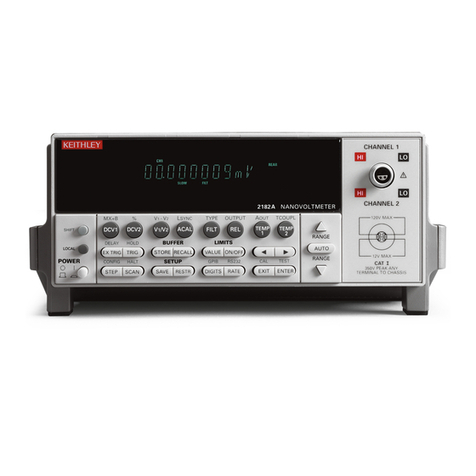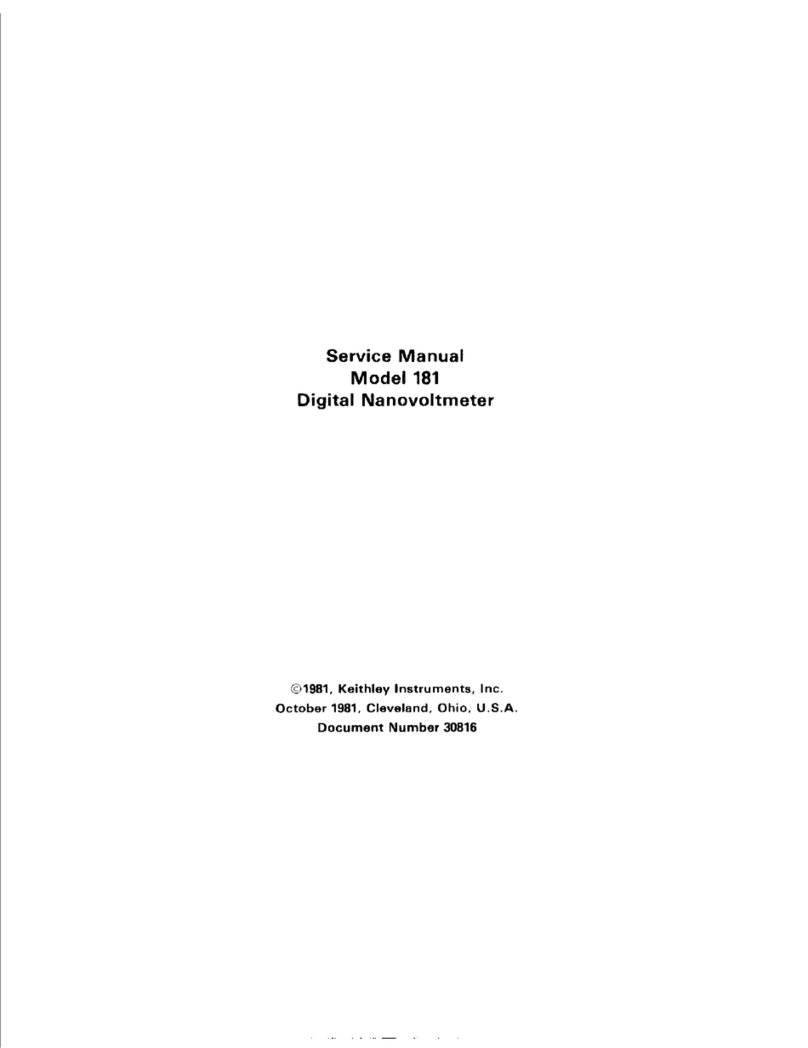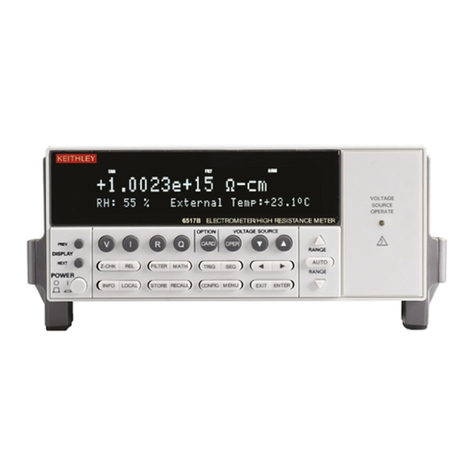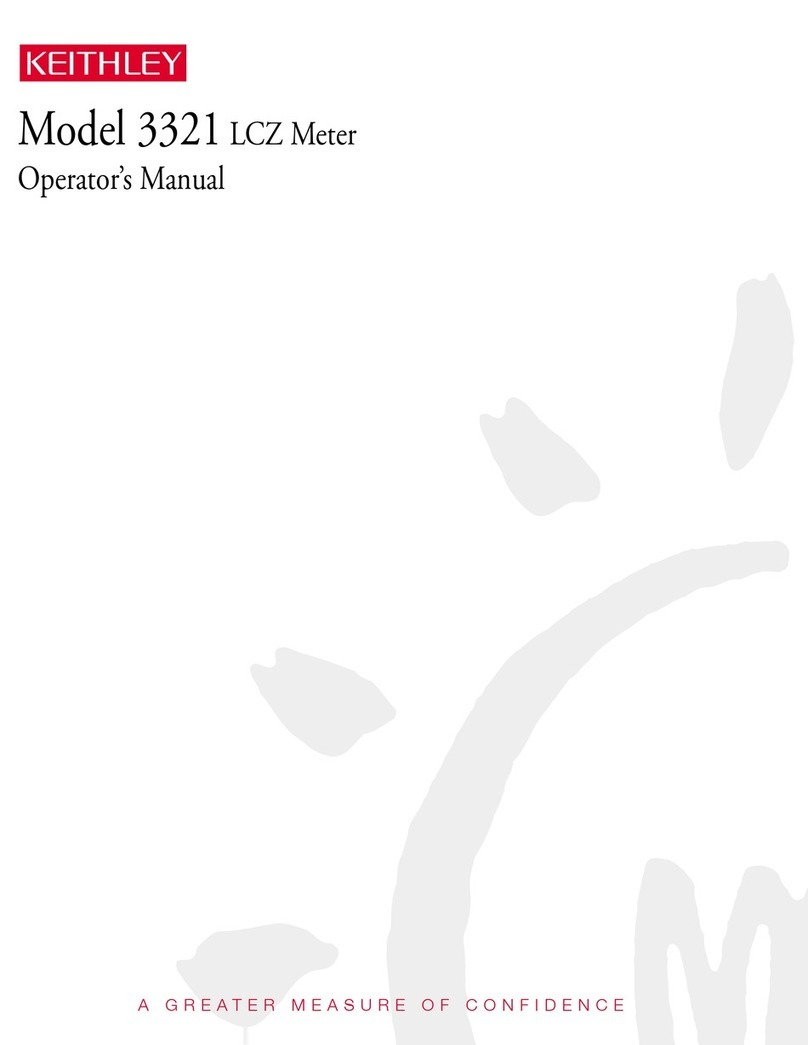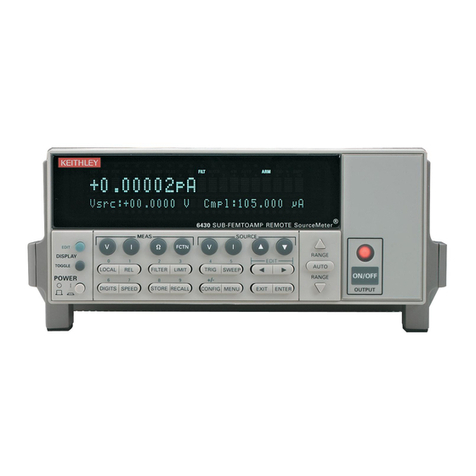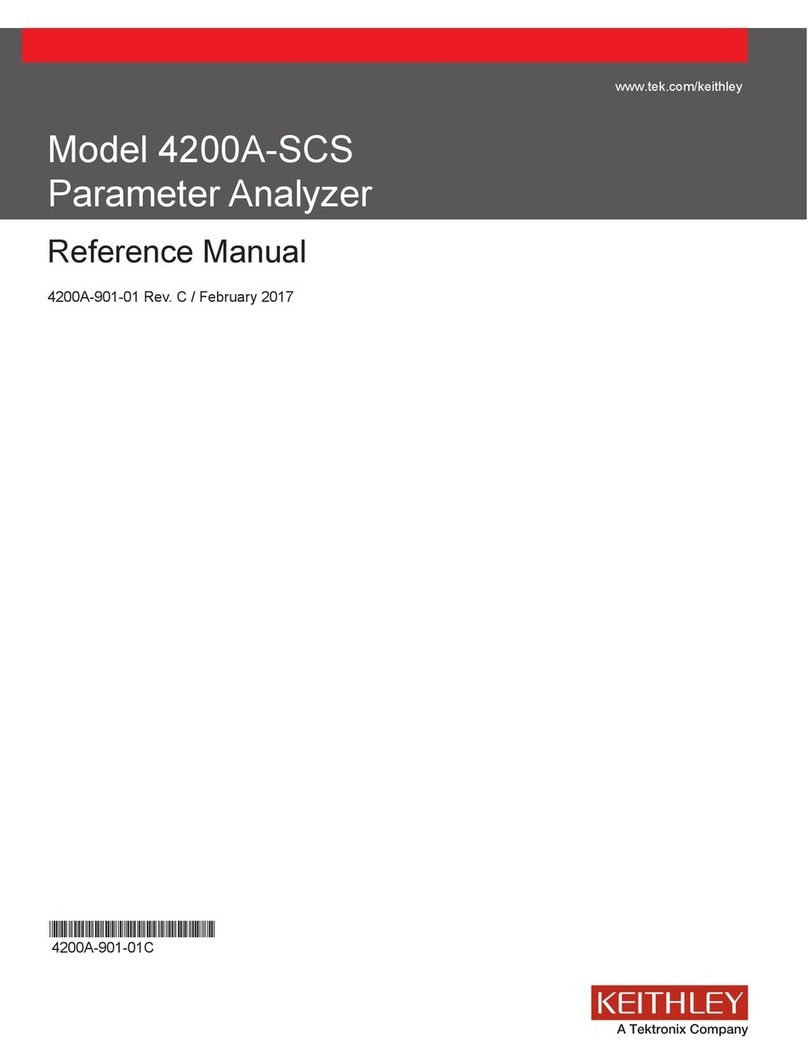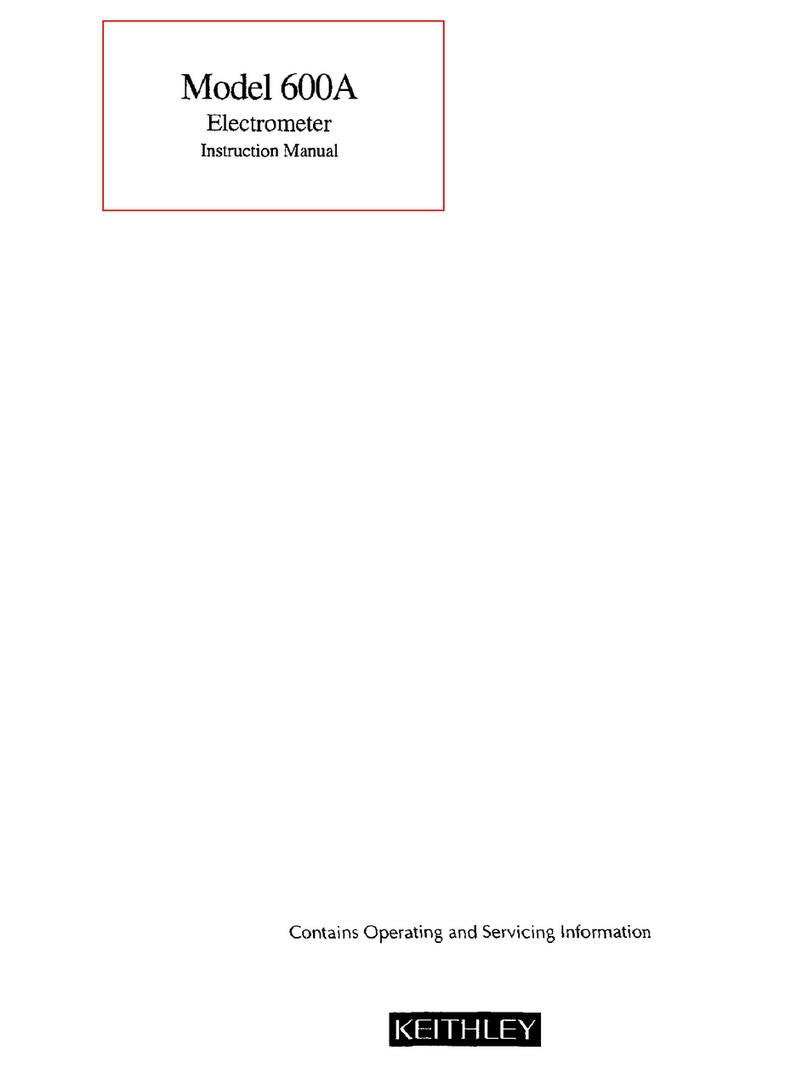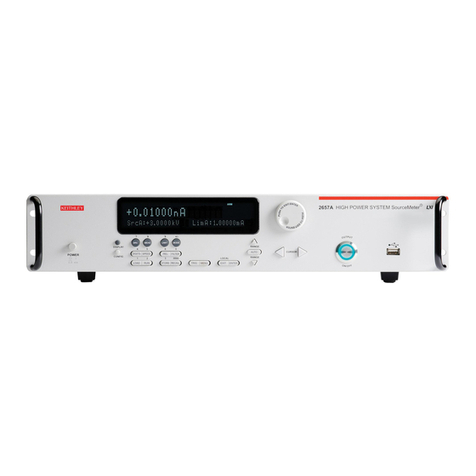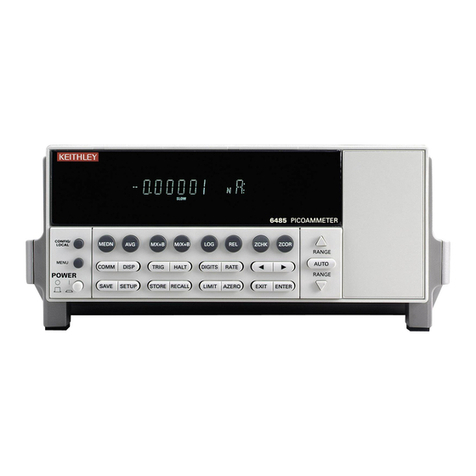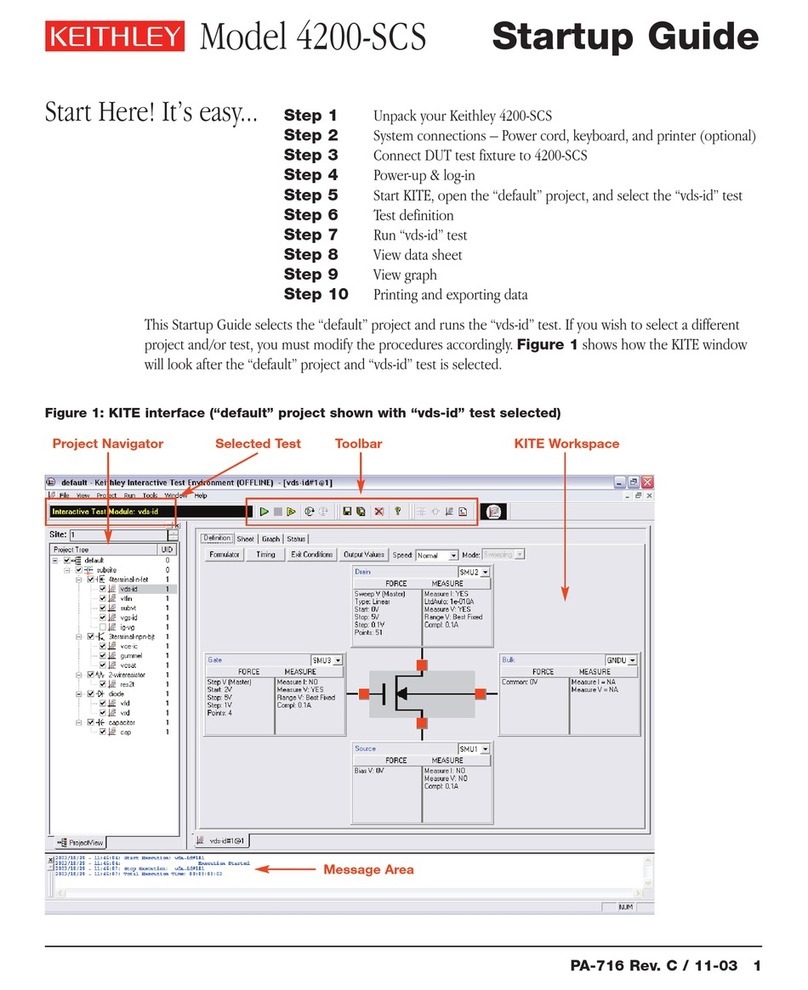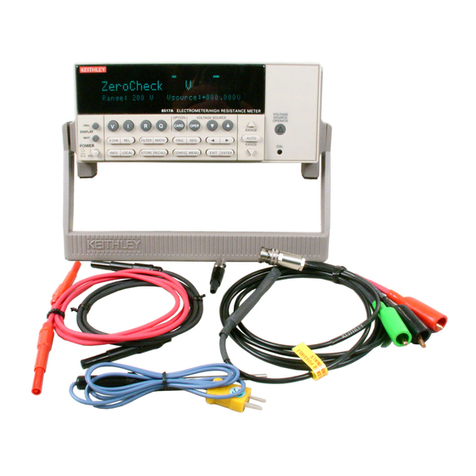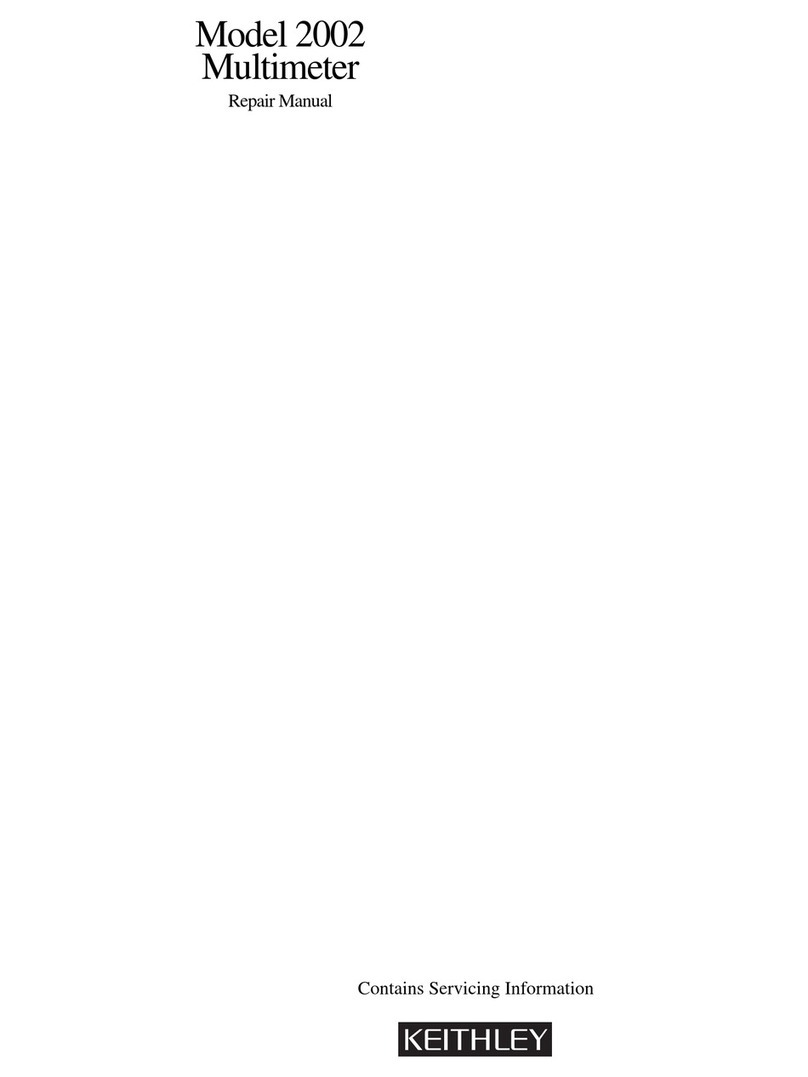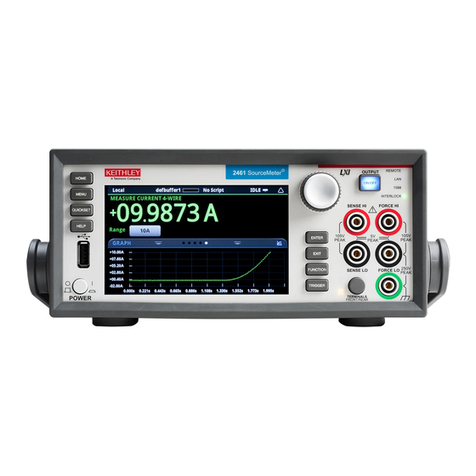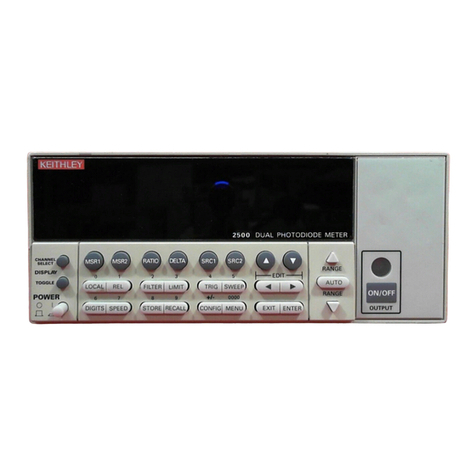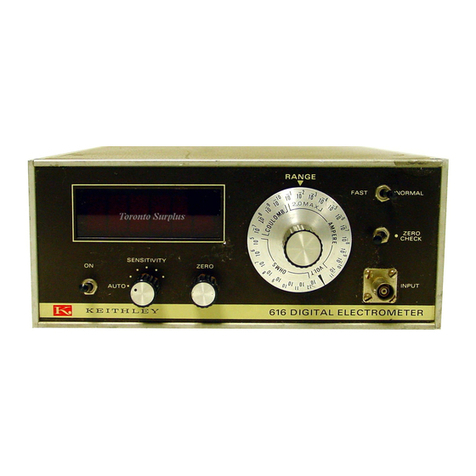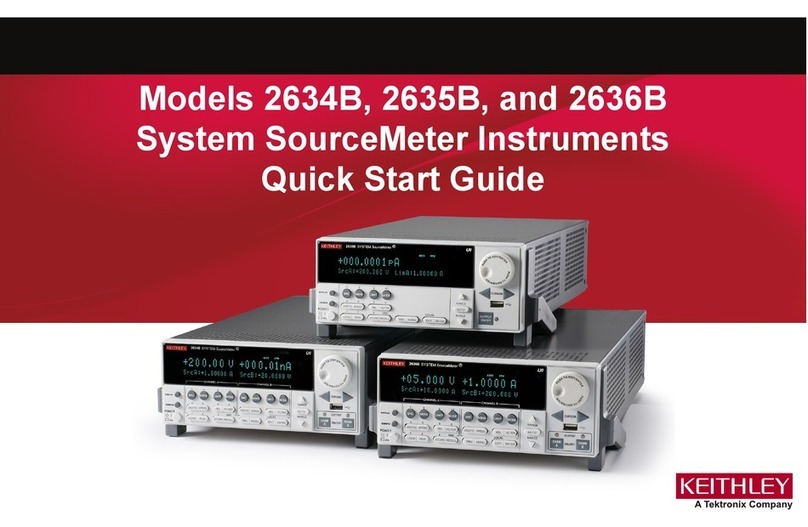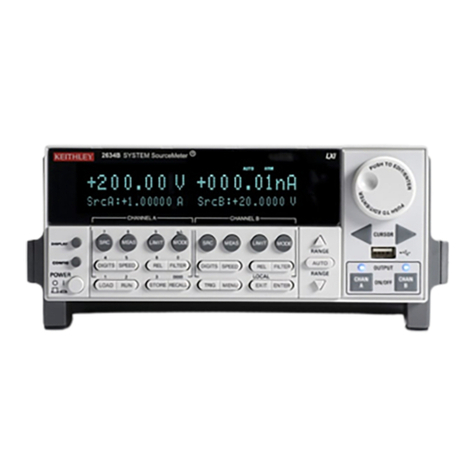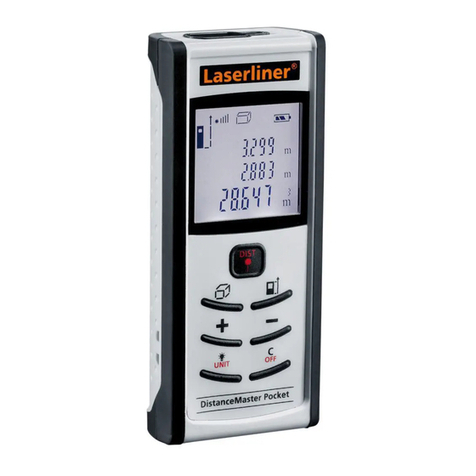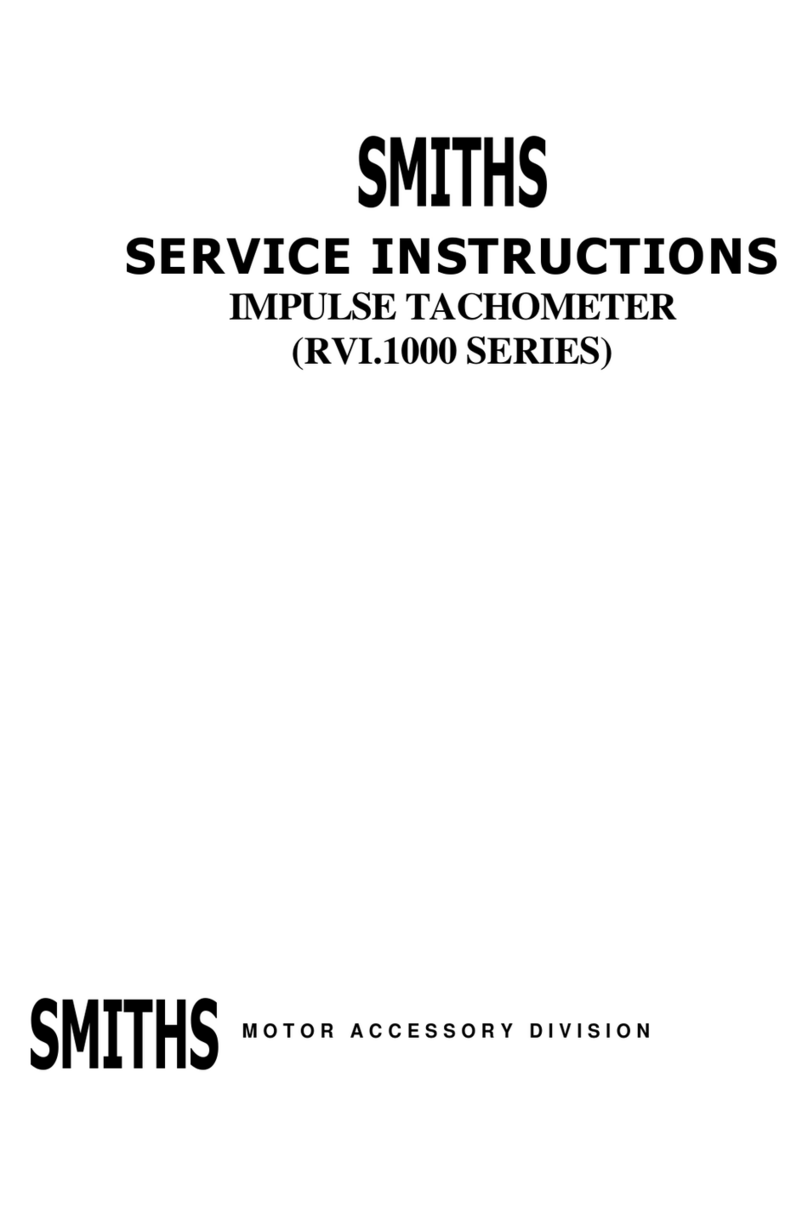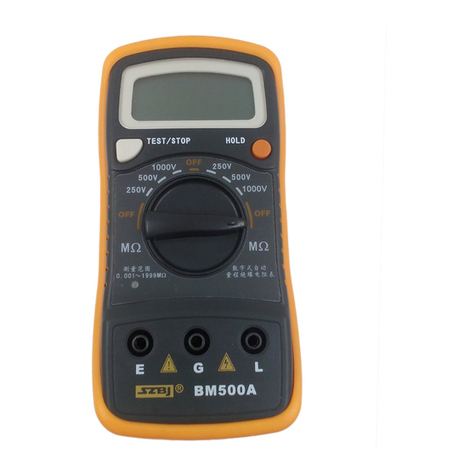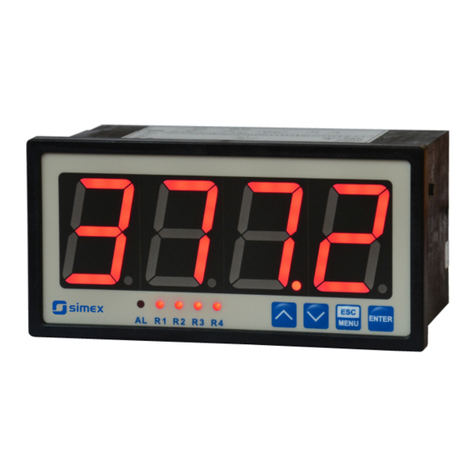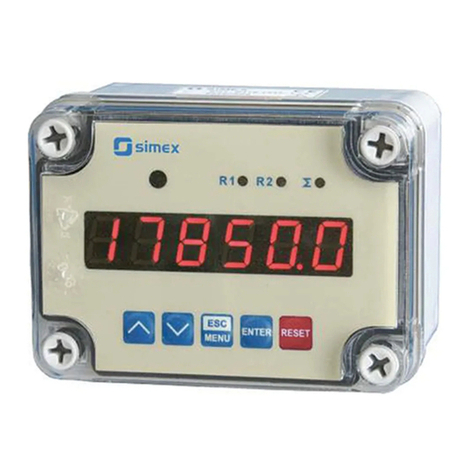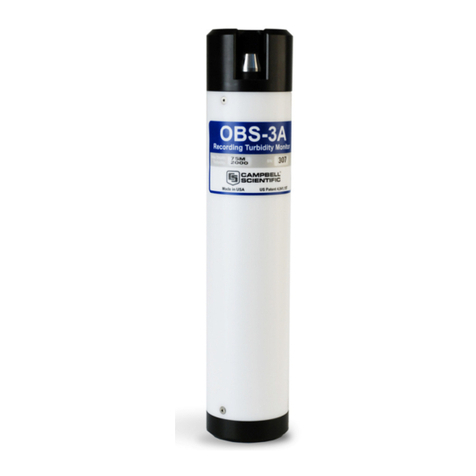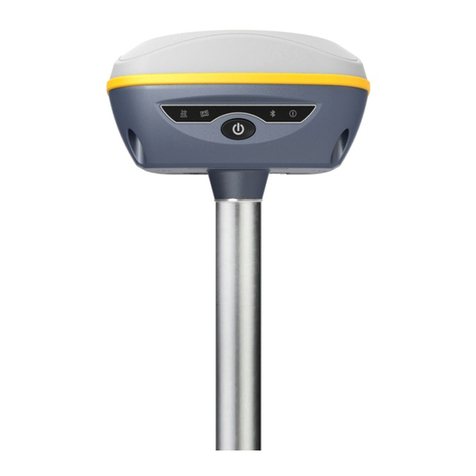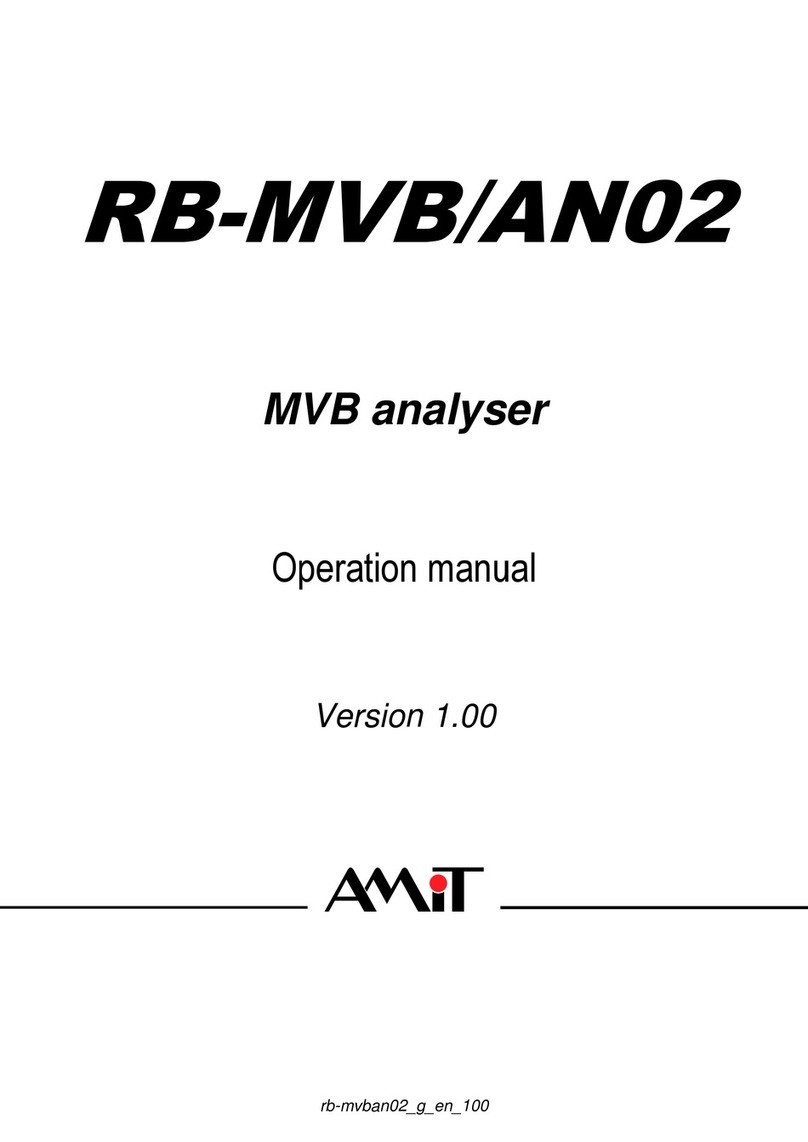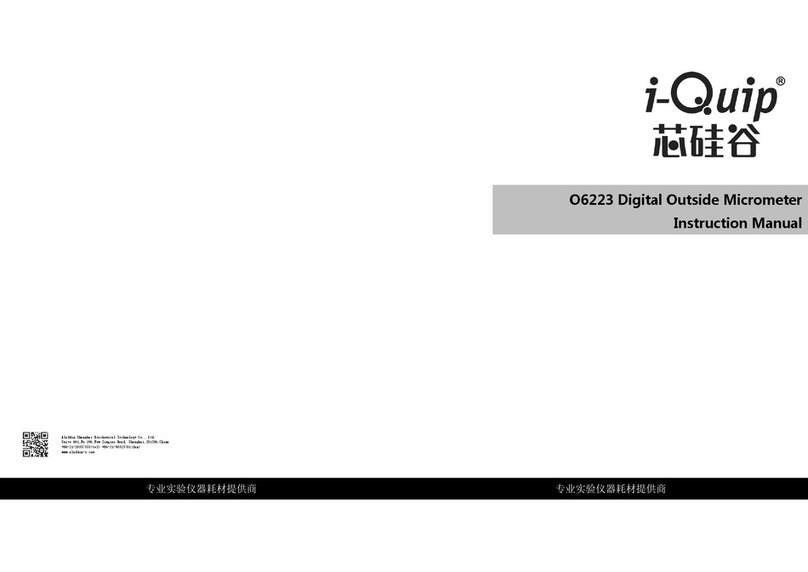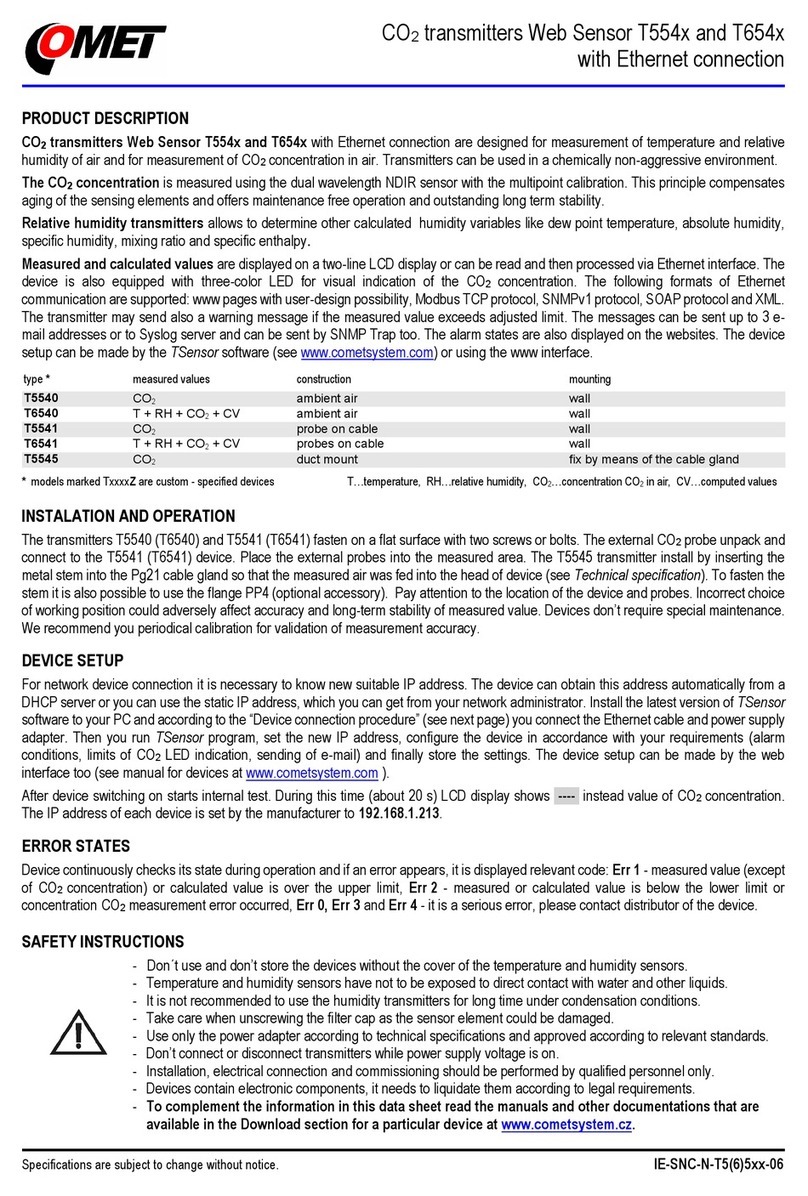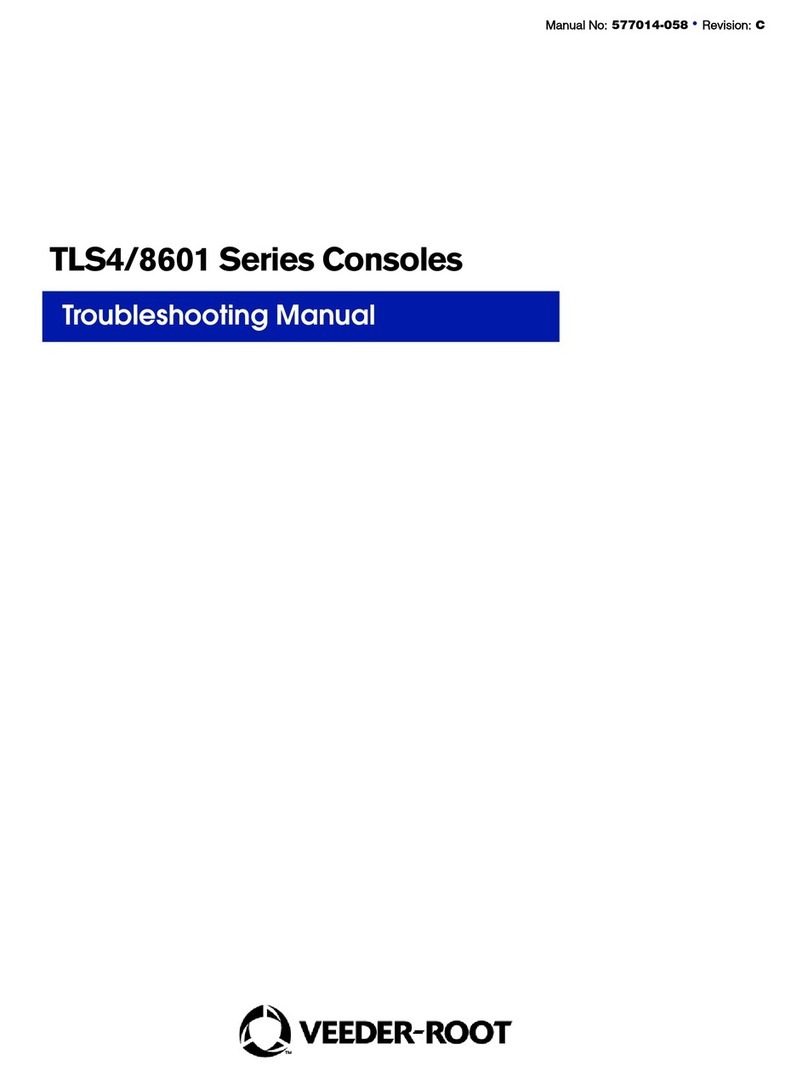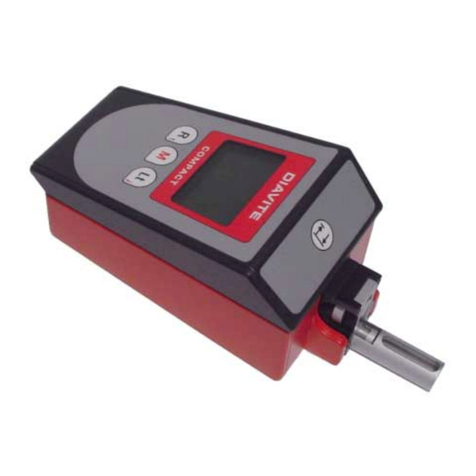FCTEJ!JTIALAPPLIED
cuRREm READING
If the potential applied is not large compared to the sm-
meter drop, the resistance is equal to:
WTENTIAL APPLIED-
INPUT
DROP(VOLTS),
CURREIKCPt.&WING
(e) If the noise in the source is low enough it is possible
to have the FAST-RCFNALon FASTand the input drop need
not be connidored in the calculation.
E. BATI'ERY
CmK
Turn METER-BATTERYswitch to Bl, B2, etc. All batteries should read
half scale or higher on the meter.
All batteries are tested directly. Bl consists of three.l.34 volt bat-
teries in series and all three, should be replaced if the reading
in Bl position is less than half scale.
F. USIX EXTERNALINDICATORS
The output of the Model 620 may be used to drive servo rebalance
recorders as well RS high impedentie devices such as oscilloscopes
and dc amplifiers.
(1) For use with servo rebalance recorders:
The output circuit consisto~of a 16.G’71<resistor through which
60
microamperes flow for full scale deflection of the panel
meter. Shorting the output does not affect the meter reading
of the Model 620; low impedances placed across the output ter-
minals will lower the terminal voltage for full scale deflection,
Thus, if it is deslred that the output voltage for full scale
of
50
millivolts is required, 878 ohms should be used.
(21, For use with oscilloscopes and high impedance dc smpllfiers,
the output is one volt for full scale input on
any range, with a phase inversion.
The frequency response is dc to 100 cycles on all ranges. The
maximumamplitude which can be delivered by the amplifier is
approximately 2 volts peak to peak.
CURRENTSOURCE
G.
When
measuring ohms, the instrument is designed to supply R constant
current to sny device placed across its input terminals. The magnitude
of the cbrrent is equal to the reciprocal of the designation on the
OHMSsegment Of the MEGE switch. Therefore the instroment may be
usedas a current source for calibration of other instruments if
desired.
620
Turn RANGEswitch to OHMSand ZEROCHfXKswitchto OPERATE. The
current that is supplied on each range is the reciprocal of the OHMS
III - 3




















